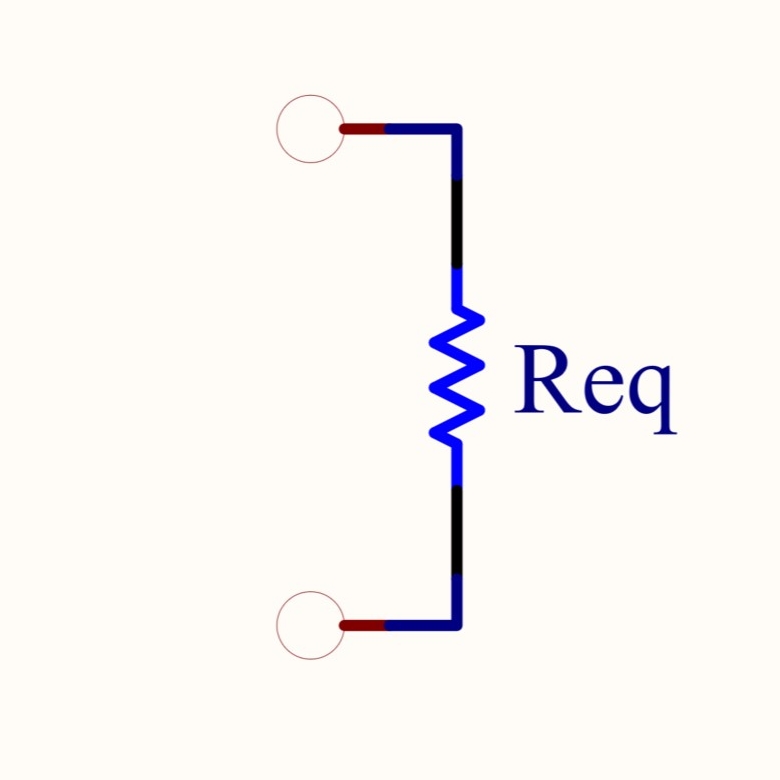Theory
When two or more resistors are connected in parallel, the equivalent or total resistance of the circuit is less than the resistance of any of the individual resistors. This is known as parallel resistance.
According to Ohm's law, the current flowing through a conductor is directly proportional to the voltage applied across it, and inversely proportional to its resistance. In the case of parallel resistance, the voltage across each resistor is the same, but the current flowing through each resistor can be different.
If we consider two resistors R1 and R2 connected in parallel, the total current flowing through the circuit is the sum of the current flowing through R1 and R2, which can be expressed as:
I = I1 + I2
where I is the total current flowing through the circuit, I1 is the current flowing through R1, and I2 is the current flowing through R2.
Using Ohm's law, we can express the current flowing through each resistor as:
I1 = V/R1 I2 = V/R2
where V is the voltage across the resistors.
Substituting these equations into the first equation, we get:
I = V/R1 + V/R2
We can simplify this expression by finding the equivalent resistance, Req, of the two resistors in parallel, which is given by:
1/Req = 1/R1 + 1/R2
Simplifying for Req for 2 Parallel Resistors:
Req = (R1*R2)/(R1+R2)
Substituting this into the equation for total current, we get:
I = V/Req
This shows that the equivalent resistance of two resistors in parallel is less than the resistance of either resistor alone, and that the current flowing through the circuit is inversely proportional to the equivalent resistance.
Using the same principle for n number of resistors, this general formula can be used for Req:
1/Req = 1/R1 + 1/R2 + 1/R3 + ... + 1/Rn
This equation is used above by the Parallel Resistor Calculator for 2, 3, and 4 parallel resistors.




